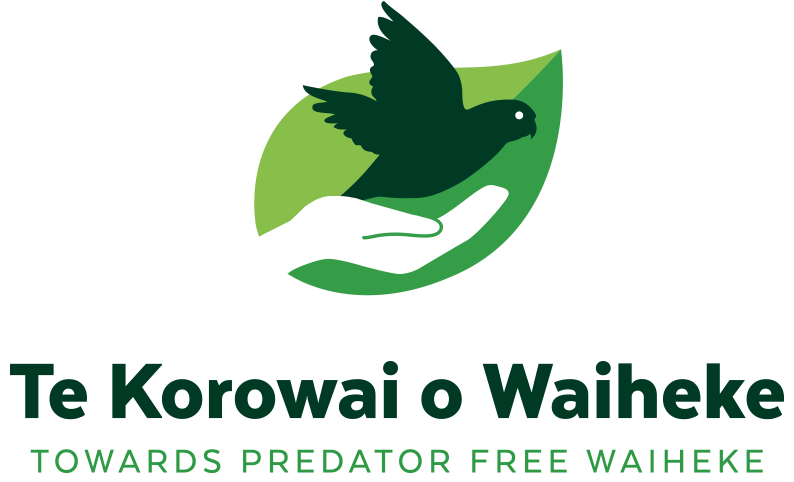The long flight home: Bar-tailed godwits
Our borders might be closed, but that hasn’t stopped the influx of some 80,000 summer returnees to our shores. These are not your usual COVID-time travellers, walking in circles in MIQ facilities, they instead are the native bar-tailed godwits (kūaka) arriving home after their annual migration from Alaska.
To call it a long migration is an understatement, it’s herculean. The 11,000 km non-stop journey across the Pacific Ocean is the longest in the avian world. They don’t tend to glide either, doing the hard yards and flapping the whole way. At an average flight speed of 56kmh, it takes between nine and twelve days for the birds to fly from the far-flung coasts of western Alaska to estuaries, mudflats and sandy coastlines throughout New Zealand.
Waiheke kūaka have already been sighted in their regular stomping grounds along the shallows of Blackpool Beach, Whakanewha Regional Park and Te Matuku Bay. The Blackpool flock reside in front of Piritahi Marae where Bianca Ranson has been recorded their return for years now. Last year she witnessed their arrival on the 16th of September under the cover of darkness during the Marama of Mutuwhenua in the Maramataka lunar calendar, which is the day before the new moon. While this year she noticed them at the water’s edge on September 17th.
These birds are some of the first to arrive and there are many more on the way. Flocks begin to arrive in early September, with final groups touching down as late as November. But it is the juvenile godwits that are perhaps the most remarkable, having undertaken their first trans-pacific flight at less than four months old.
In a bid to learn more about their migration patterns the Pūkorokoro Miranda Shorebird Centre in the Firth of Thames caught and tagged 20 birds in late 2019. During the following southern migration, one of the tagged godwits made global headlines, breaking the world record for avian flight distance covering 12,200 km in just 11 days.
Dr Jesse Conklin, from the Global Flyway Network (a consortium of scientists studying epic migratory journeys), told the Guardian at the time that one of the extraordinary things about these birds is that they seem to have some capability of knowing where they are on the globe.
Tracking the flight of bar-tailed godwit ‘E7’ who was fitted with a radio transmitting device.
Adrian Riegen, Science Learning Hub – Pokapū Akoranga Pūtaiao, University of Waikato, www.sciencelearn.org.nz
“We can’t really explain it, but they seem to have an onboard map. They are flying over open ocean for days and days in the mid-Pacific; there is no land at all. Then they get to New Caledonia and Papua New Guinea where there are quite a few islands and, we might be anthropomorphising, but it really looks like they start spotting land and sort of think: ‘Oh, I need to start veering or I will miss New Zealand’.”
While in Aotearoa, their plans are about the same as anyone enjoying a leisurely kiwi summer: eating local cuisine and wading in the shallows of their favourite beach. To prepare for the return trip, the godwits need fuel. An average godwit normally weighs about 300 grams, but after a summer spent fuelling up on mostly marine worms and bivalves, they weigh about 600 grams. Their kidneys, liver and intestines shrinking to make room for more fat which they will need in stores for the flight to come.
Surprisingly, this is believed to be the reason for their epic journeys; to take advantage of the seasonal abundance of food on opposite sides of the world. Taking food tourism to the next level.
As the summer days begin to shorten, and the godwits draw closer to their March departure, there are sure signs that suggest they are getting ready to take off on migration. They become more active than usual, stretching their wings, preening feathers, bathing and calling to others with a very distinctive call, rallying their comrades to see who else is coming on the trip.
As the map from the University of Waikato shows, the return flight takes a different route, and this way includes layovers. The stopover in the Yellow Sea serves as a staging ground for the birds where they can rest and refuel to arrive in Alaska in peak condition ahead of the breeding season.
Kūaka holds significance in many cultures along their flight path including Māori. For some iwi, they are known as kaitiaki or guardians, for others, they are believed to accompany spirits of the departed. Other stories suggest that early pacific travellers were inspired to journey South in search of land after observing flocks flying in that direction.
Few are lucky enough to see godwits in more than one of their habitats given the huge distances between them, but Te Korowai o Waiheke’s Field Team Manager Frank Lepera is one of them. American born Frank spent two summers in northern Alaska near Utqiagvik in 1999 and 2000 while studying for an undergraduate degree in fisheries and wildlife. While there, he worked on the international tundra experiment (ITEX) study that looked at the effects of global warming on the tundra which is the nesting habitat for godwits. Scribbled through his field notebooks from that time are numerous species of birds but only one he would come to share an island with. Although he now calls New Zealand home, just like the kūaka, he plans to return to the vast Alaskan tundra someday.
Godwits have inspired many a journey, but for now, we welcome them home as the only kiwis that can freely chase the summer sun.



